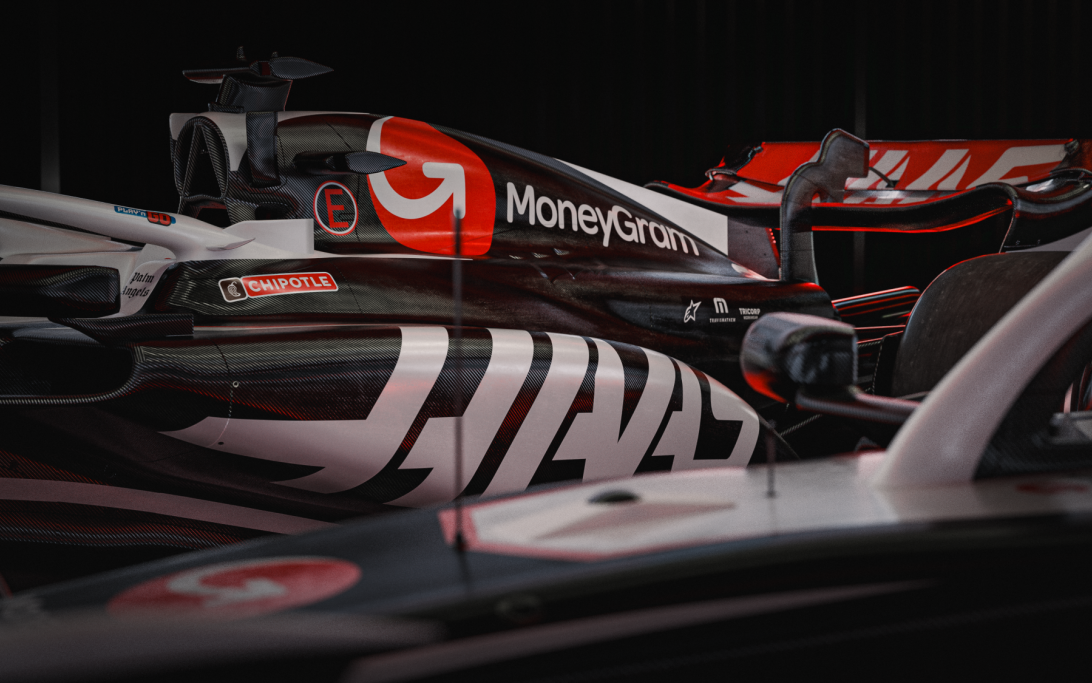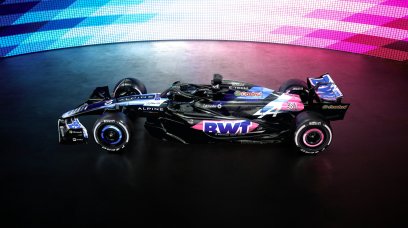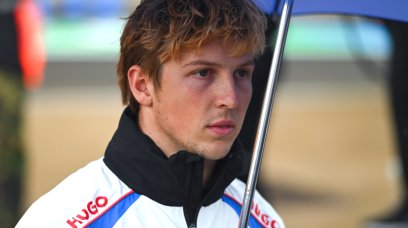The Formula 1 car launch season is in full swing for the 2024 season, but a trick that first started in 2022 has become more of a trend among teams.
It's well known that teams push weight saving measures to the extreme, with drivers known to work with their race wear suppliers to reduce their overalls and boots by a few grams significantly.
Now there is an increased use of 'exposed carbon' on the cars, which has highlighted one of the main challenges teams have faced with getting close to the weight limit.
It's estimated that teams added around 6kg with a complete paint job on their car, but with cars now struggling to get close to the 798kg weight limit they are resorting to even more scaled back liveries compared to previous years.
Viewed by others:
A change of regulation?
Mercedes is the most obvious team that has saved weight through this method, under the guise of supporting its diversity projects they have ran an all-black livery in 2023 instead of its 'Silver Arrows' tribute.
McLaren and Alpine have also saved weight by reducing the amount of papaya orange and pink respectively, despite the fact that Alpine did tease a fully liveried car in its social media posts on the run up to the launch of the A524.
Only VCARB has produced a car that contains more colour than 'exposed carbon' out of those that have launched, in what looked like a throwback to the old Toro Rosso days.
Teams must ensure that they retain some identity to suit their partners who pay millions of dollars to appear on the side of their cars, but this could be a short-lived weight-saving measure.
In 2026 F1 will introduce an entirely new set of regulations concerning the power units, but this will also extend to car design. The aim is to reduce the current weight limit by 40 to 50 kilos according to FIA Single Seater Director Nikolas Tombazis.
“We aim to have a significantly lower weight limit,” Tombazis told select media, including RacingNews365 at last year's FIA Prize Giving Gala. “We are looking to reduce the weight limit by 40 to 50 kilos in 2026.
“The way we want to do that is related to what we've termed a nimble car concept, we basically feel that in recent years, cars have become a bit too bulky and too heavy. We are sort of going on a bit of a diet, let’s say.”
At a time when drivers are changing helmets every other weekend and new team names lack any sense of heritage and creativity, being able to tell apart the grid should hopefully get a lot easier.
An alternative?
Although the new regulations will enable teams to spend more time on optimising the weight distribution in other areas, one unexplored area could be the use of coloured carbon fibre.
Advanced materials company Hypetex claims to be the "worlds first coloured carbon fibre brand" offering a range of colours that suit the current grid, including the Petronas Turquoise for Mercedes, Alpine's distinct blue, Ferrari's classic red, and Aston Martin's British racing green.
While F1 works to sort out its weight problems, this could be another avenue for teams to explore to ensure that their identity is not lost in the pursuit of speed and lap times.
Don't miss out on any of the Formula 1 action thanks to this handy 2026 F1 calendar that can be easily loaded into your smartphone or PC.
Download the calenderMost read
In this article











Join the conversation!